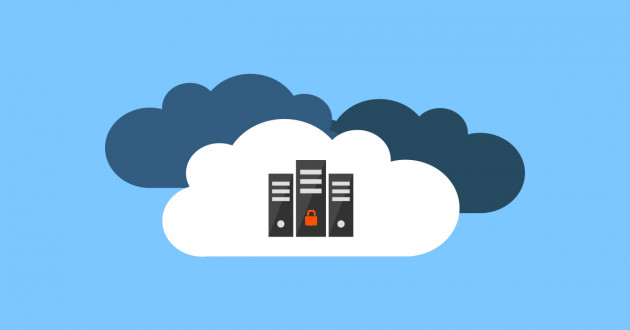Cloud Adoption Surge
Due to the COVID-19 epidemic, cloud adoption has been quickly rising. Cloud computing is likely to continue to rise in 2022, as revenue is expected to reach new highs, thanks to developing tech trends. Businesses of all sizes are migrating to the cloud to take advantage of the immutable infrastructure benefits of container-based cloud infrastructure and to better support their employees and customers. Flexibility, speed, dependability, security, disaster recovery planning, universal interoperability, and limitless real-time data access are among the other migration benefits sought by businesses.
Cloud migration, contrary to popular assumption, is far more complicated than it appears. Companies frequently overlook robust security components when updating legacy systems and migrating to the cloud, which can be costly and unprofitable in the long run. To make cloud migrations/transformations more secure and successful, businesses should choose Cloud Service Providers (CSPs)/Managed Service Providers (MSPs) that can help them not only increase business value and meet current goals, but also create a future-focused cost and security model that is specifically designed to evolve cyber capabilities and optimize cloud infrastructure over time.
What Should You Be Aware Of? Cloud Migration Security Risks and How to Avoid Them
Migrating workloads and apps to the cloud entails several hazards, including increased latency, data loss, security breaches, and a lack of visibility, among others. Security breaches, on the other hand, are significantly more costly, necessitating a security-first strategy to cloud migration, starting with the fundamentals of access control, governance, API interfaces, and continuous monitoring best practices. Insider risks, unintentional errors, malware, misconfigured servers, cloud provider issues, insecure APIs, contractual infringement, compliance breaches, and other security concerns are among the most common.
Cloud Migration and Security Risks
The following are some of the most common security threats associated with cloud migration:
- Sensitive Data Exposure: When dealing with huge data storage and processing services, there is a risk of exposing sensitive data. Misconfigured access controls, encryption, and other data protection methods, for example, can expose data. Businesses lose millions of dollars, and, in some cases, their reputation.
- Inadequate visibility and monitoring: IT teams operating in a dynamic multi-cloud environment sometimes struggle to keep up. Application and network failures, delays in resolving issues, and other security concerns like as cyber-attacks can all be caused by a lack of visibility.
- Lack of proper expertise and skills: IT and DevOps teams with limited knowledge of cloud technology and security may take issues into their own hands, preventing businesses from realizing the full benefits of cloud computing.
- Inadequate Identity and Access Management (IAM): Hackers are attracted to poorly managed users, groups, or roles, especially in a multi-cloud environment.
- Misconfigured Control Plane Settings: Control plane settings enable traffic management, routing, security, load balancing, and analysis. Permeable network access, inadequate authentication controls, and open APIs could all be the result of poor management.
Methods for Reducing Security Risks
Companies can mitigate cloud migration security challenges by establishing a proper cloud governance plan and a well-defined supervision mechanism for each team. Here are some suggestions for reducing security risks:
- IAM Policy: When it comes to IAM policies, it’s best to avoid using root credentials and instead employ groups. In IaaS, PaaS, and SaaS settings, create a team to manage directory service integration, SSO, and role definitions.
- Image Management: Migrating data from one platform to another is a difficult operation that, if done incorrectly, might allow hackers access to a private domain. In an ideal world, the developer creates and maintains a repository of container and workload images, making cloud migration easier.
- Centralized IT/DevOps Team: When implementing the cloud at scale, it’s critical to distribute roles and responsibilities across centralized IT and DevOps teams. This allows teams to deliver in a consistent and timely manner.
- Information Security: To guarantee that all information assets are protected, all teams should include an information security (InfoSec) strategy. Integrating scanning technologies and establishing standards for code, image management, pipeline monitoring, and secret management also aid in data security.
A planned migration plan, clear migration roles and responsibilities, well-defined IAM policy, and a strategy to track/monitor all configuration settings for potential security threats are all essential components of a successful and secure cloud migration.



